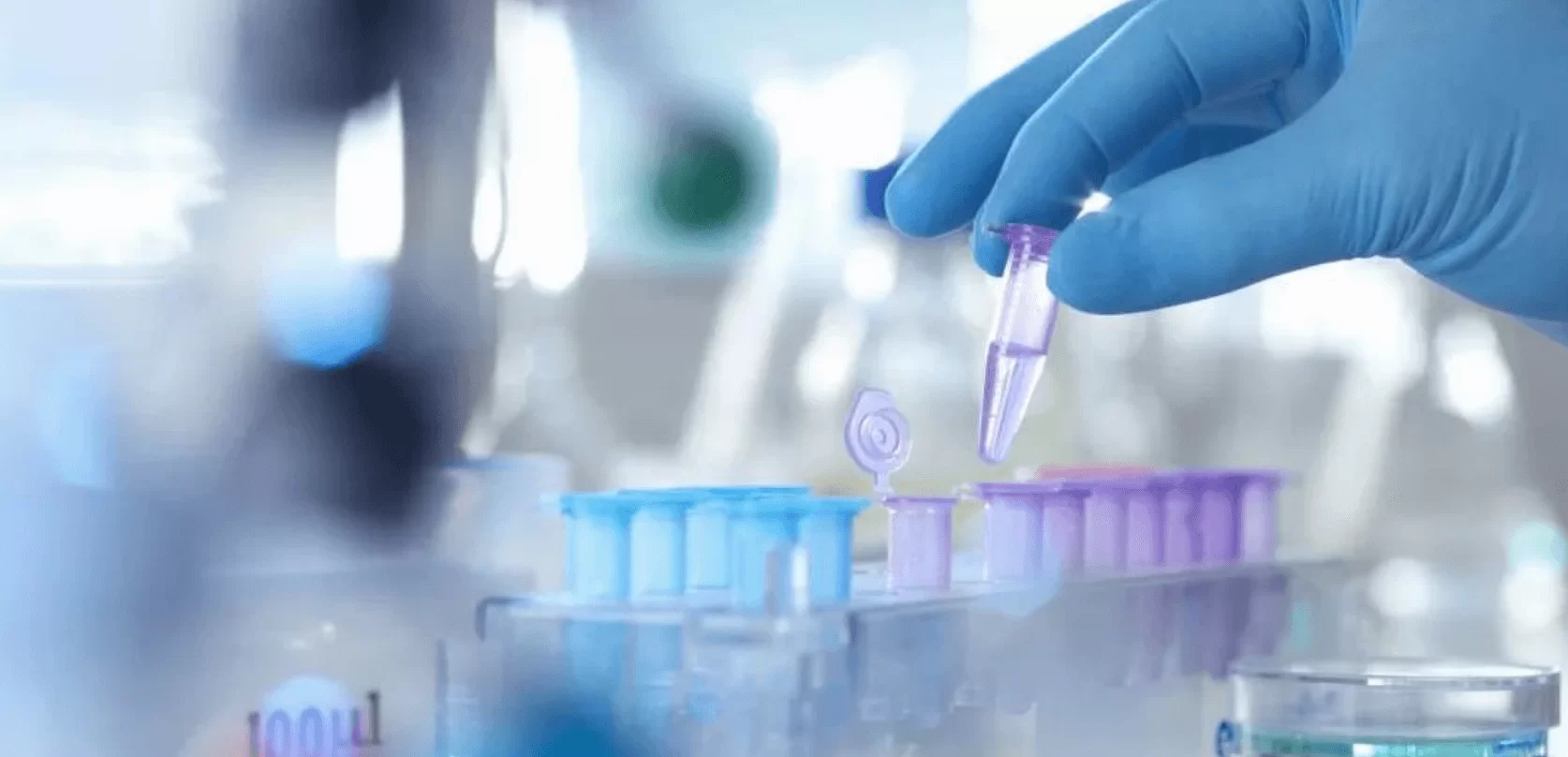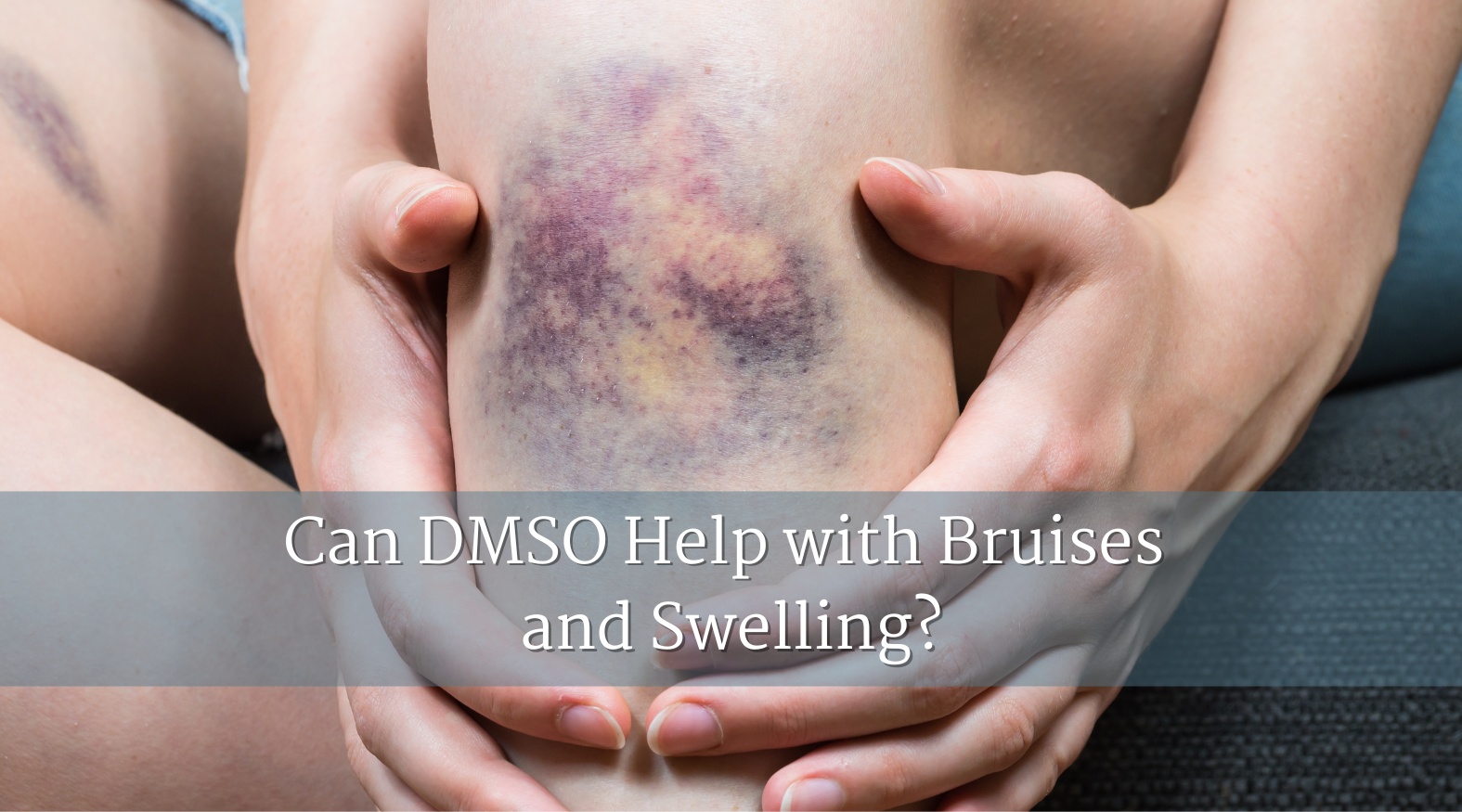
A burn injury can be one of the most painful experiences. Beyond the immediate sting, burns often leave lasting challenges: redness, swelling, and in some cases, scar tissue that feels tight and uncomfortable. For centuries, people have sought natural ways to soothe burns, from aloe vera gel to honey. In recent decades, DMSO (dimethyl sulfoxide) has entered the conversation as a possible aid for skin recovery.
But what does the science actually say? And how might this fit into a holistic approach to healing burns? Let’s explore.
The Science: How DMSO Acts on Burns
Burns trigger a cascade of inflammation, oxidative stress, and tissue damage. Left unchecked, this can worsen pain and increase the likelihood of scarring. DMSO is unique in how it interacts with these processes:
-
Anti-inflammatory properties: DMSO reduces cytokine activity, calming inflammation at the burn site.
-
Free radical scavenging: Burns generate oxidative stress that damages cells; DMSO helps neutralize these free radicals.
-
Penetration enhancer: DMSO carries healing molecules (like aloe or herbal compounds) deep into the tissue, where they’re most needed.
-
Pain modulation: Some studies suggest DMSO has analgesic (pain-relieving) effects, which may help ease the discomfort of minor burns.
Animal and small-scale human studies have shown encouraging results. For example, topical DMSO reduced swelling and improved healing times in experimental burn models. While this isn’t yet mainstream medicine, it offers intriguing possibilities.
Holistic Insights: A TCM Perspective
In Traditional Chinese Medicine (TCM), burns are considered a form of “excess heat” damaging the skin and Blood.” Treatment focuses on cooling the heat, restoring circulation, and preventing stagnation that could lead to scar tissue.
A classic TCM approach might include:
-
Aloe vera or honey to cool and draw out heat.
-
Herbal poultices with herbs like Sheng Di Huang (Rehmannia) to nourish Yin and Blood.
-
Gentle massage in later stages to soften scar tissue and restore Qi flow.
DMSO aligns surprisingly well with this philosophy. Its cooling, anti-inflammatory nature echoes the TCM principle of clearing heat. And by enhancing circulation and preventing stiffness in scar tissue, it supports the long-term flow of Qi and Blood through the skin.
🧴 How People Use DMSO for Burns
It’s important to be cautious — DMSO is not a replacement for emergency burn care. For severe burns, always seek medical treatment immediately. But for minor burns, some people experiment with diluted topical DMSO after the acute stage has passed.
Typical approaches include:
-
Dilution: 50–70% DMSO mixed with aloe vera gel or distilled water, applied lightly to the area.
-
Layering with aloe vera: Aloe is soothing on its own; DMSO helps drive it deeper.
-
Short contact times: Some users apply diluted DMSO for 10–15 minutes, then rinse, to reduce irritation risk.
💡 Practical tip: Never apply DMSO directly on an open, fresh burn. Wait until the wound is closed and the skin is stable before experimenting.
Safety Considerations
Because DMSO penetrates deeply, it carries risks if not used wisely:
-
Only use pharmaceutical-grade DMSO — lower grades may contain impurities unsafe for skin contact.
-
Avoid combining with anything you wouldn’t want inside your bloodstream (perfumed lotions, harsh chemicals).
-
Patch-test a small area first to check for reactions.
-
Expect a temporary garlic-like odor in breath or skin — a harmless side effect of absorption.
Burns already make the skin vulnerable, so extra care is vital.
The Bigger Picture
Think of DMSO as a potential ally, not a standalone cure. Burns heal best when the body is supported from the inside out. Anti-inflammatory foods like turmeric, omega-3 rich fish, and fresh vegetables provide the nutrients your skin needs to rebuild. Hydration keeps tissues supple. Gentle movement maintains circulation, which is key for tissue repair.
From a holistic perspective, recovery isn’t just about closing the wound — it’s about restoring harmony in the body. DMSO may help ease inflammation and reduce scarring, but pairing it with lifestyle support creates the best environment for true healing.
Where to Learn More
-
Broader insights on tissue recovery: DMSO and Wound Healing
-
Complete guide to DMSO: What is DMSO and How Does It Work?
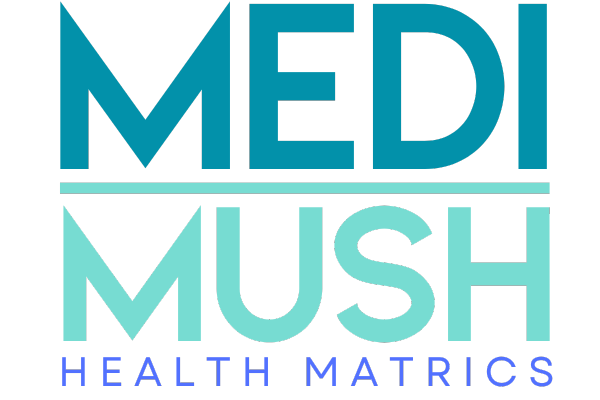



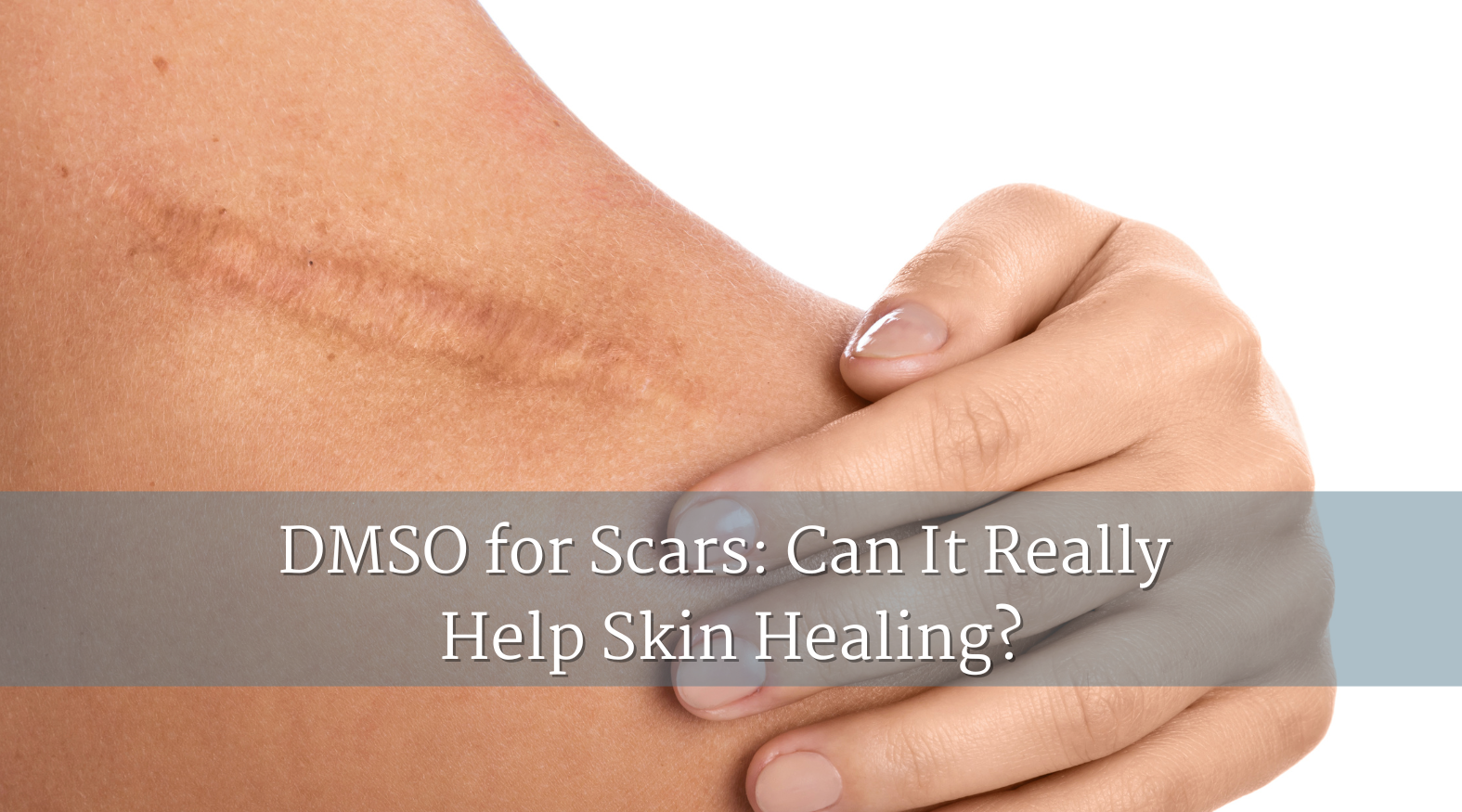 DMSO for Scars: Can It Really Help Skin Healing?
DMSO for Scars: Can It Really Help Skin Healing?
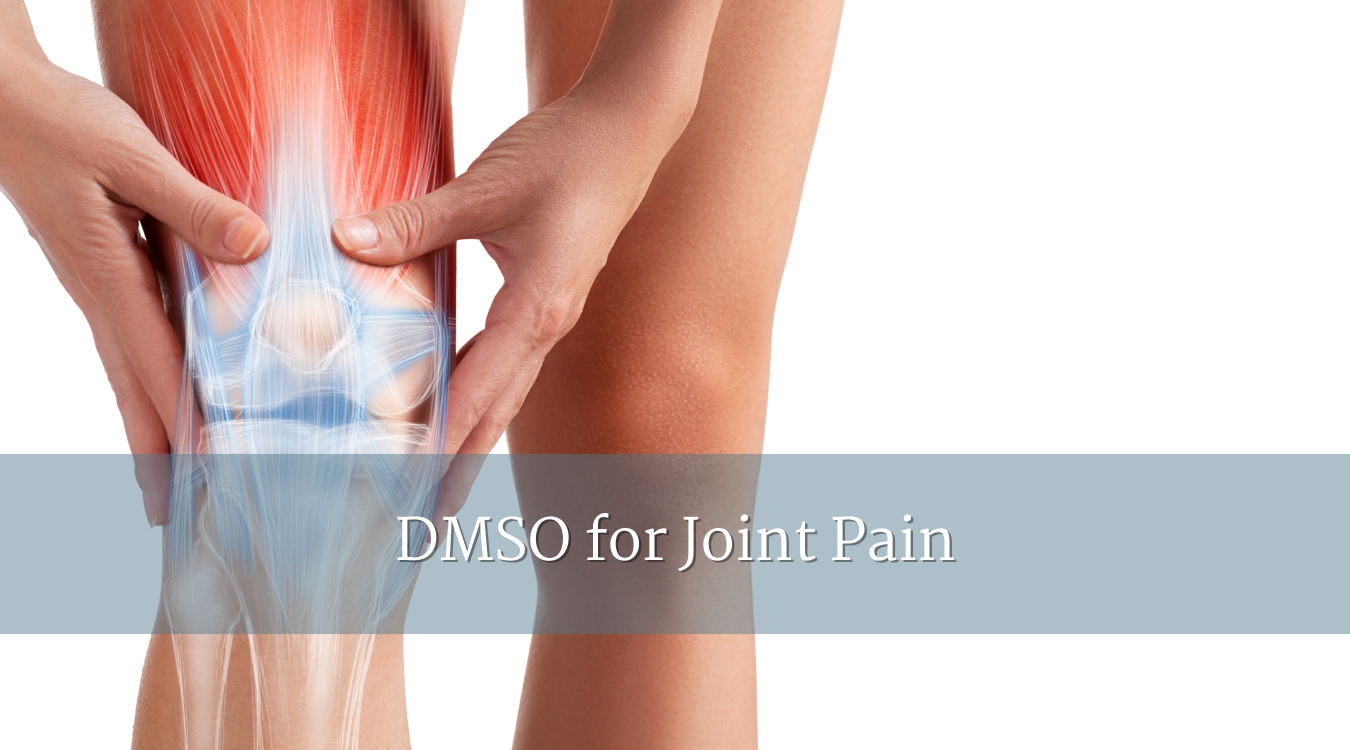 DMSO for Joint Pain: Can Topical Use Really Help?
DMSO for Joint Pain: Can Topical Use Really Help?











